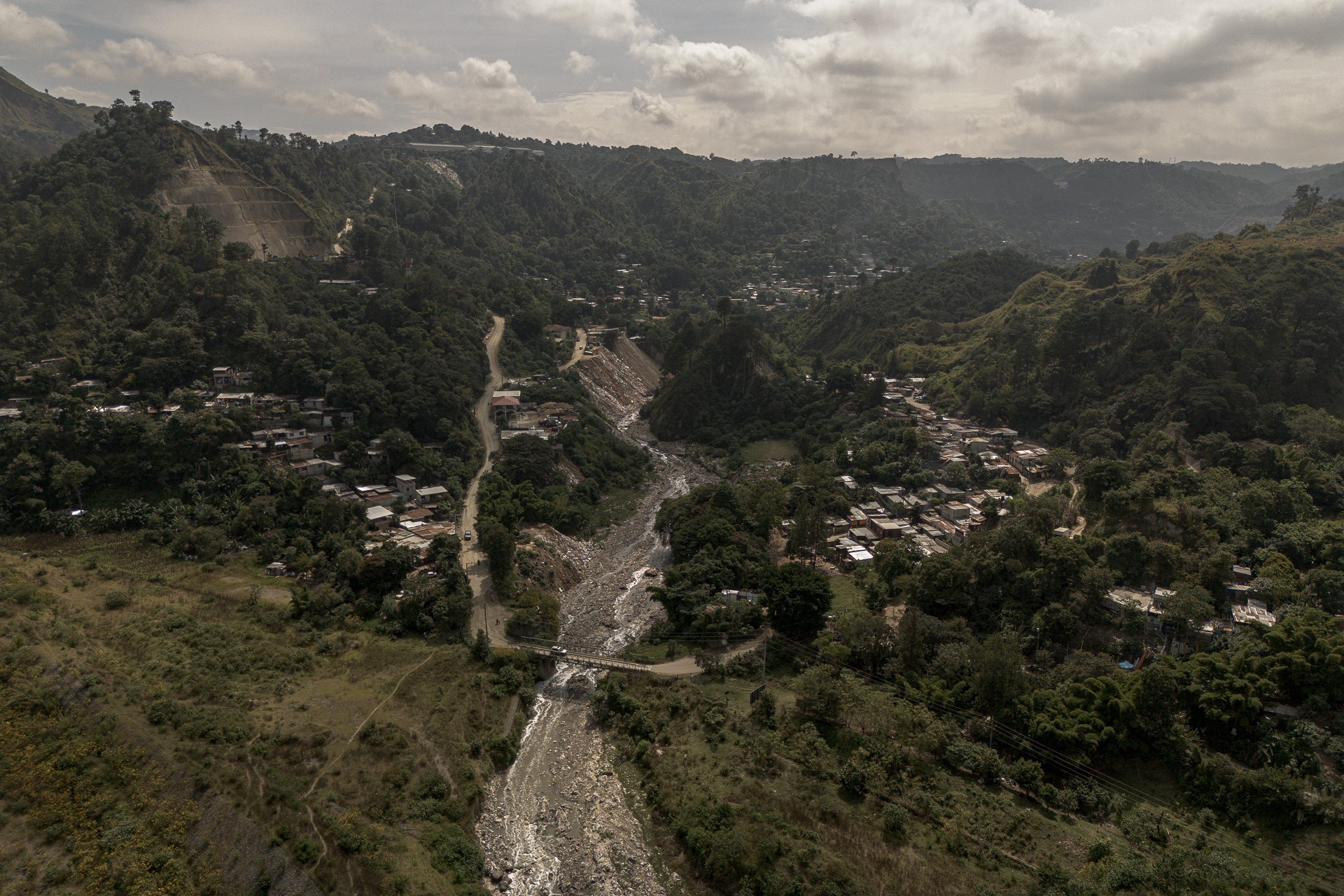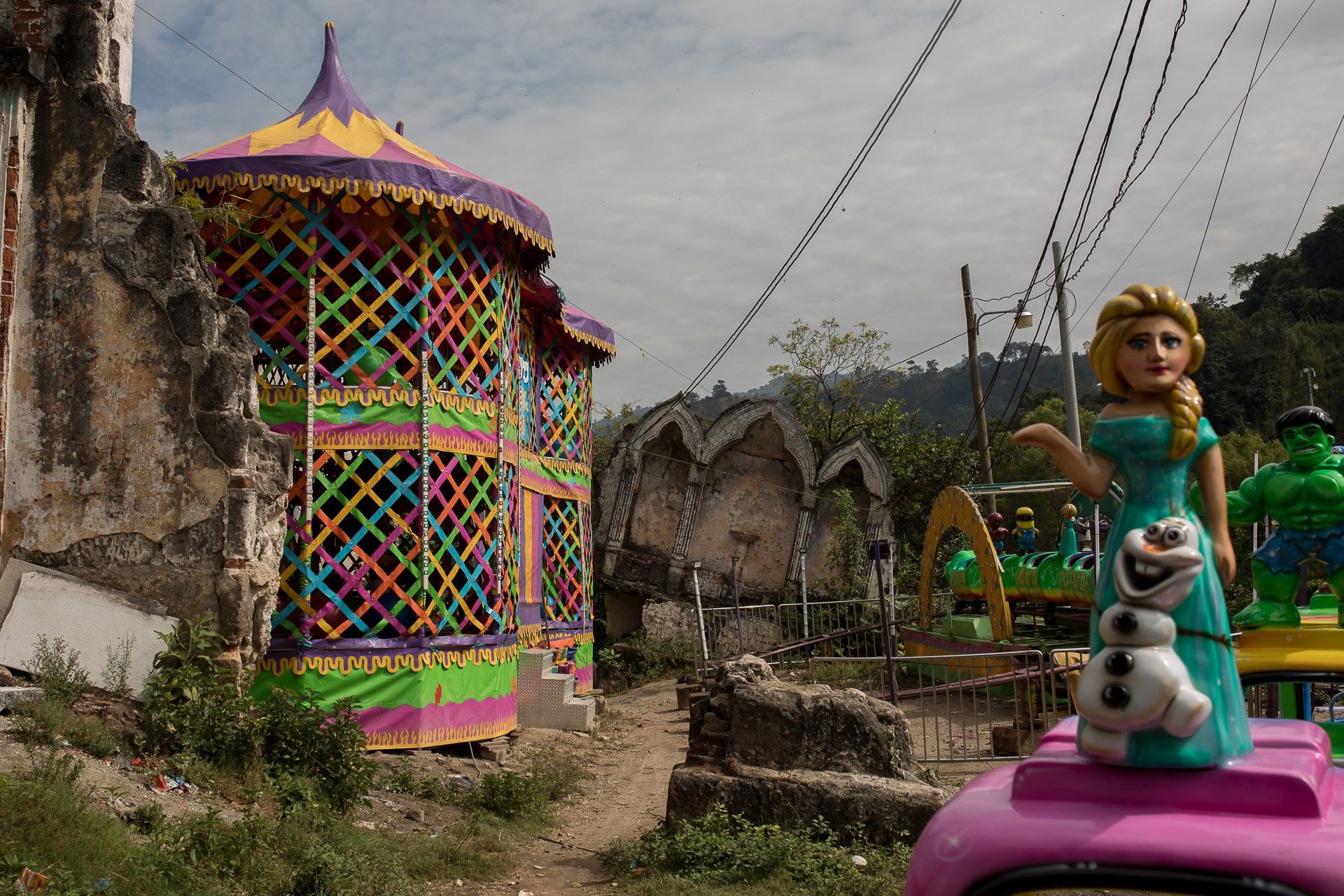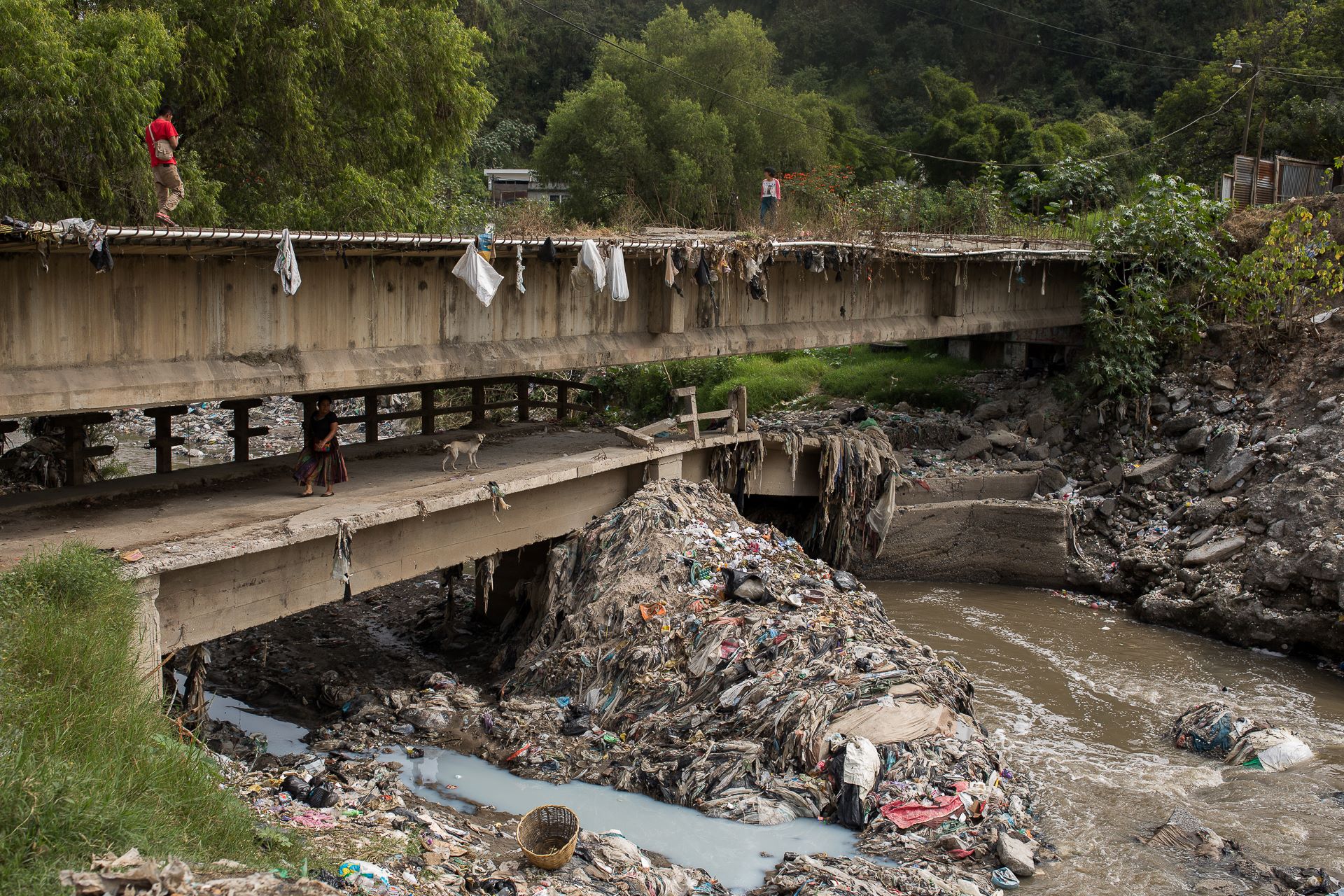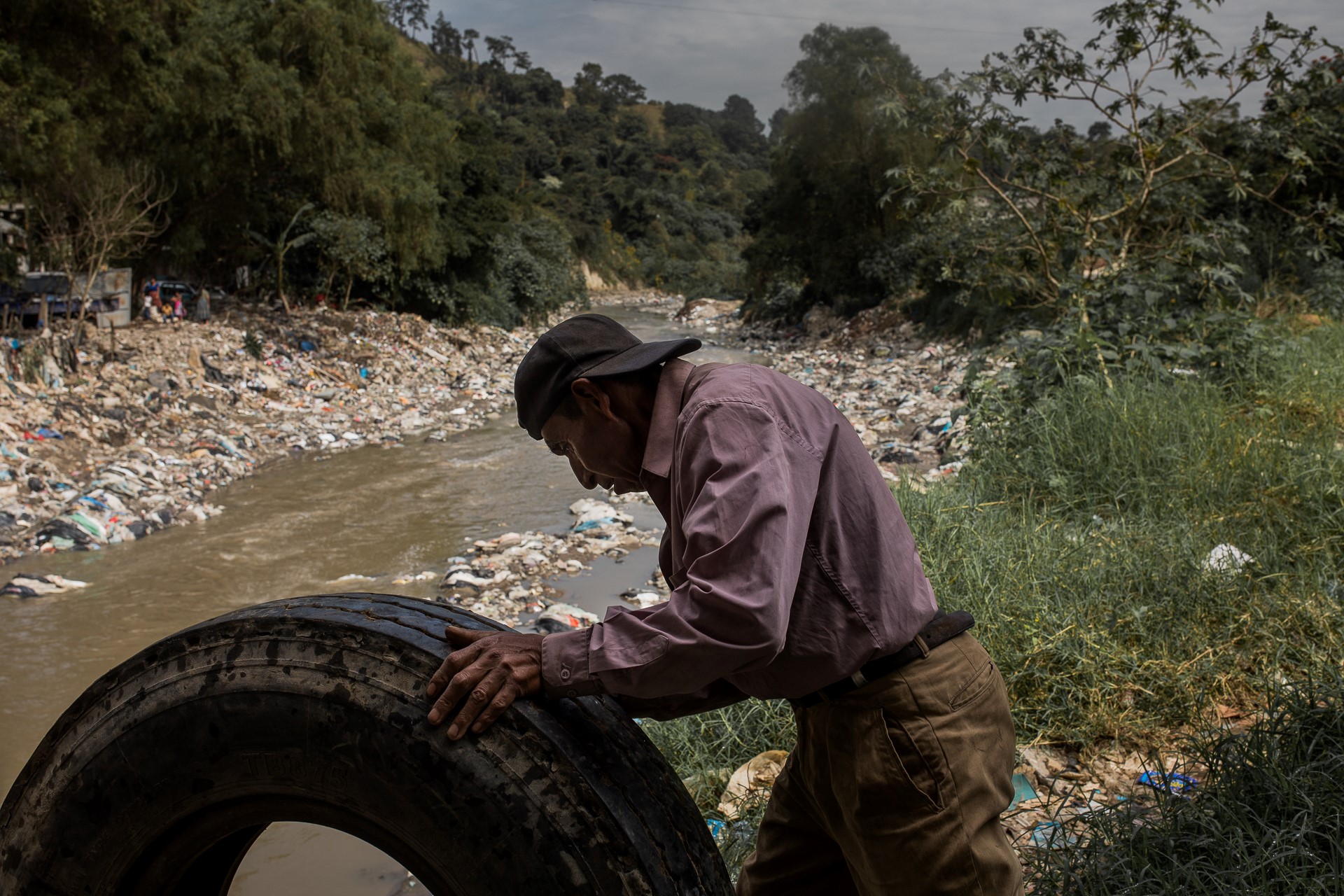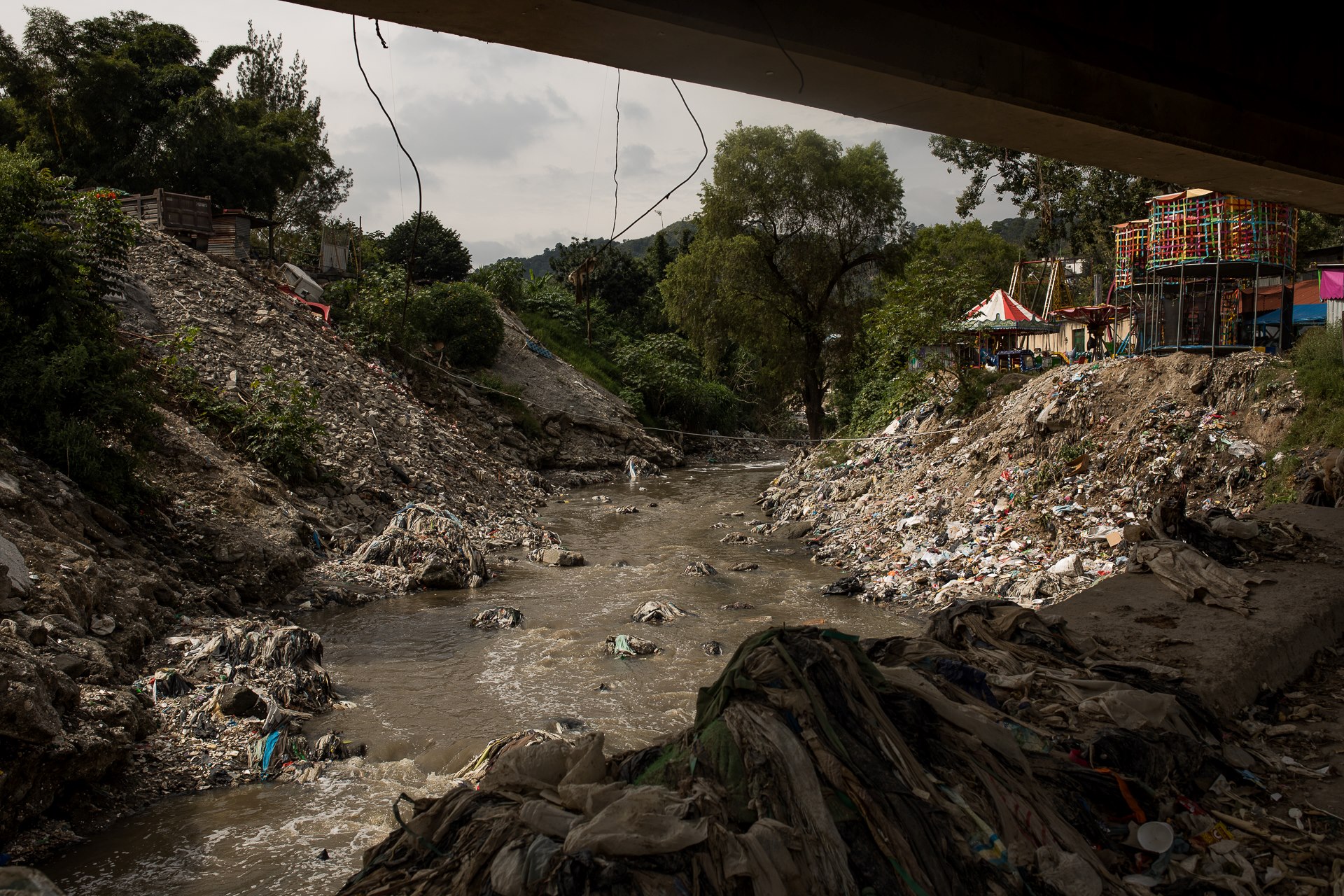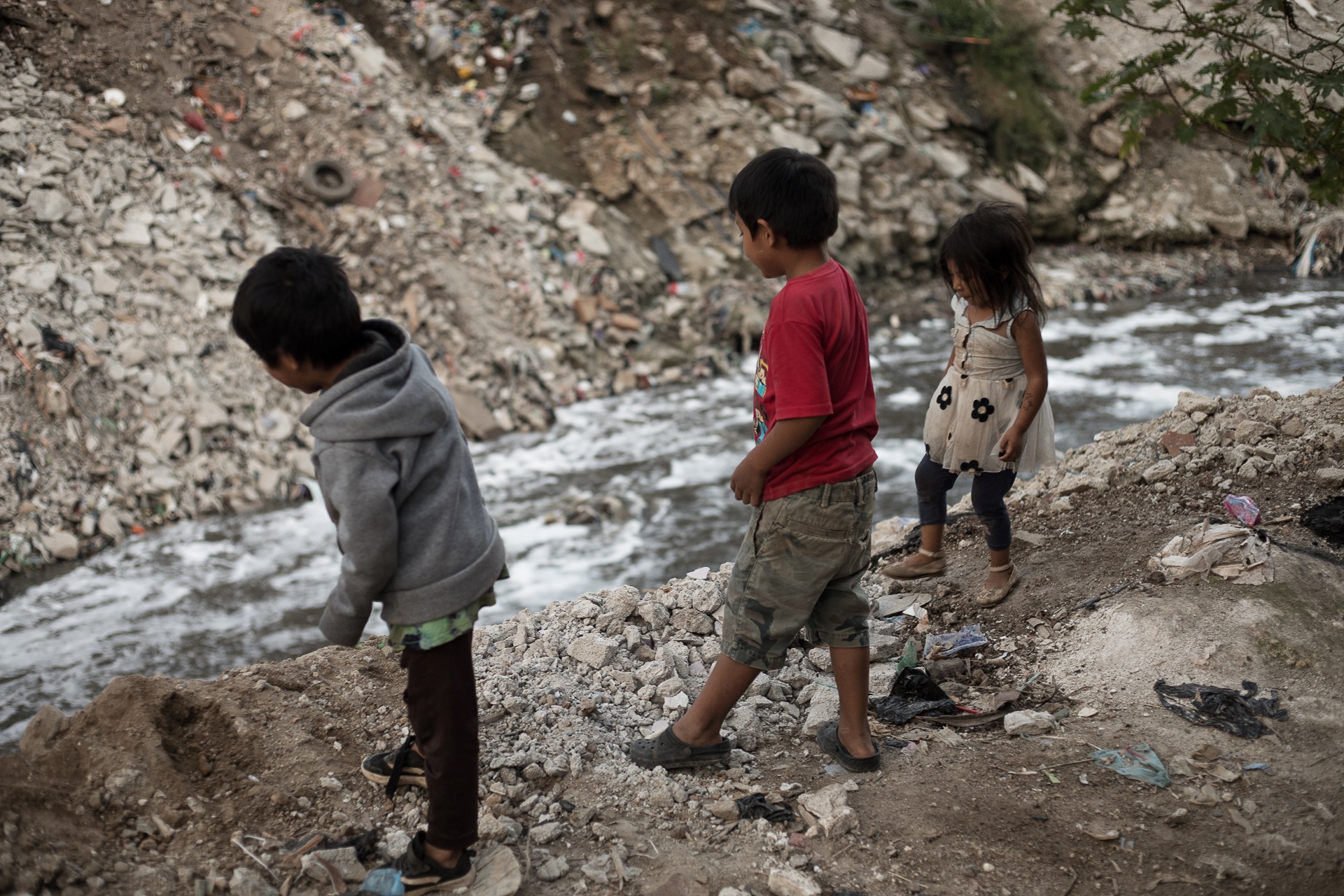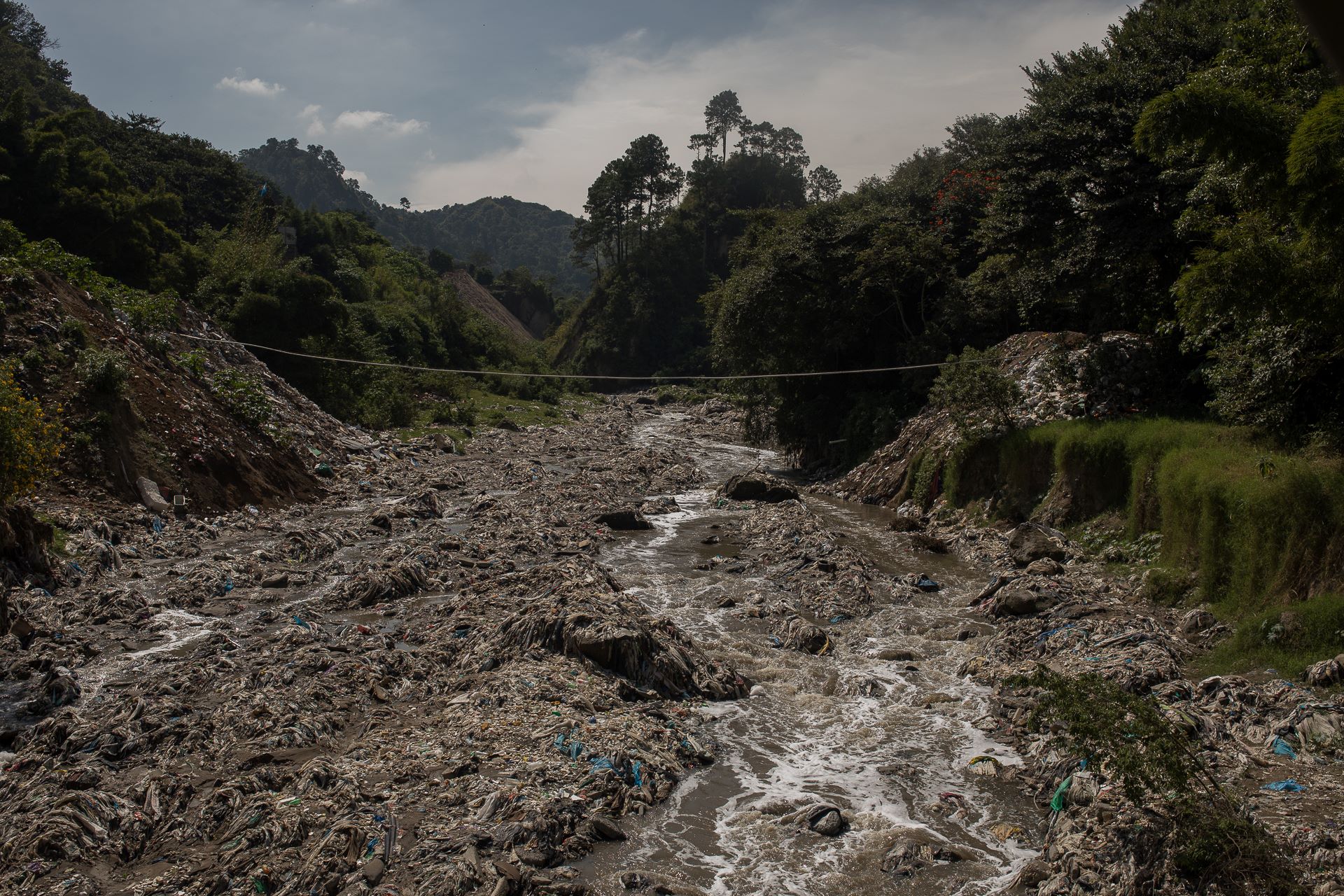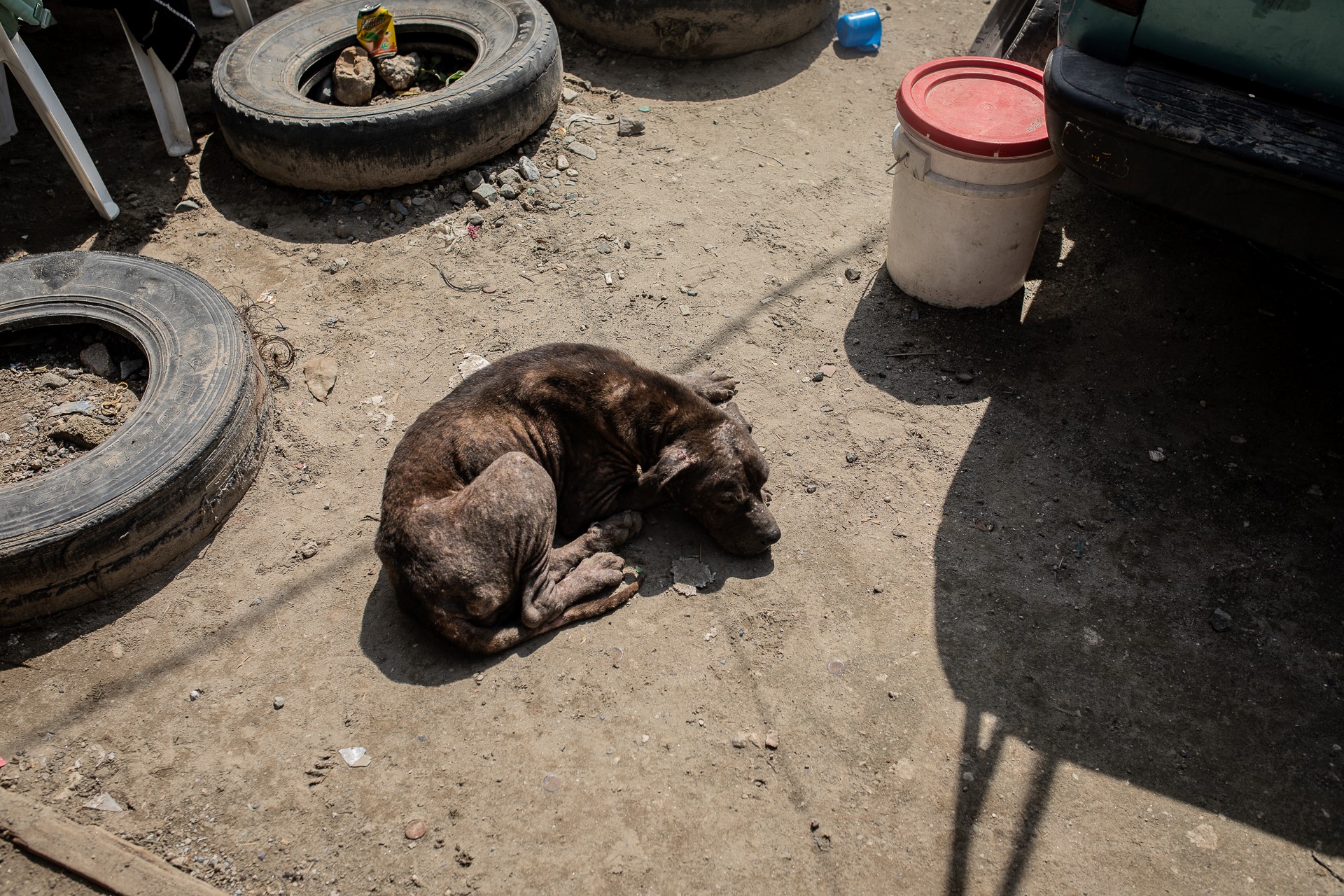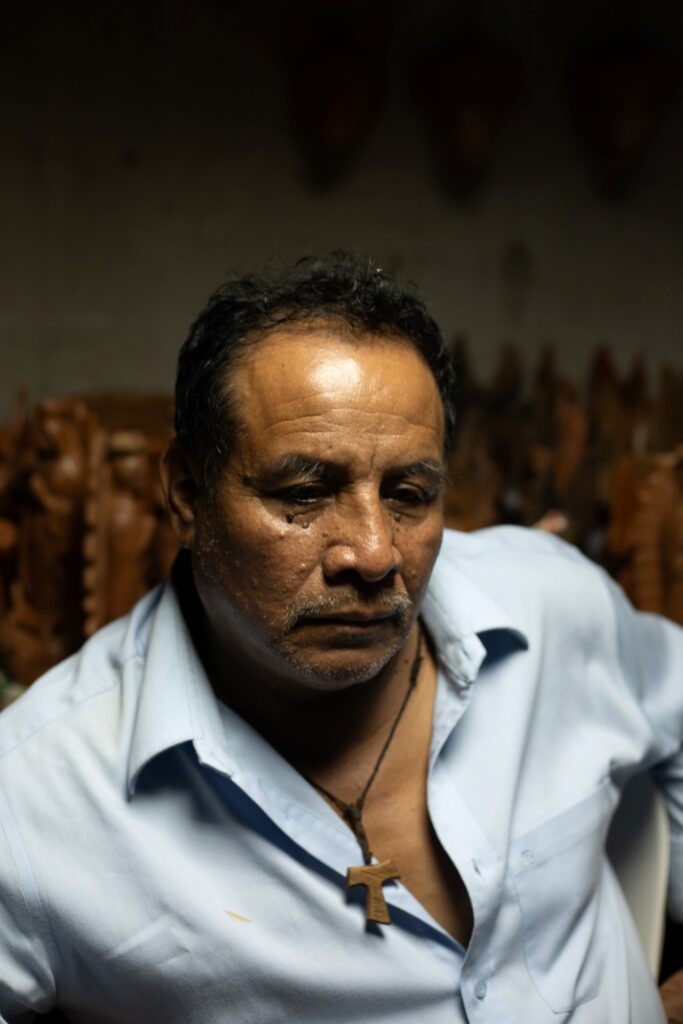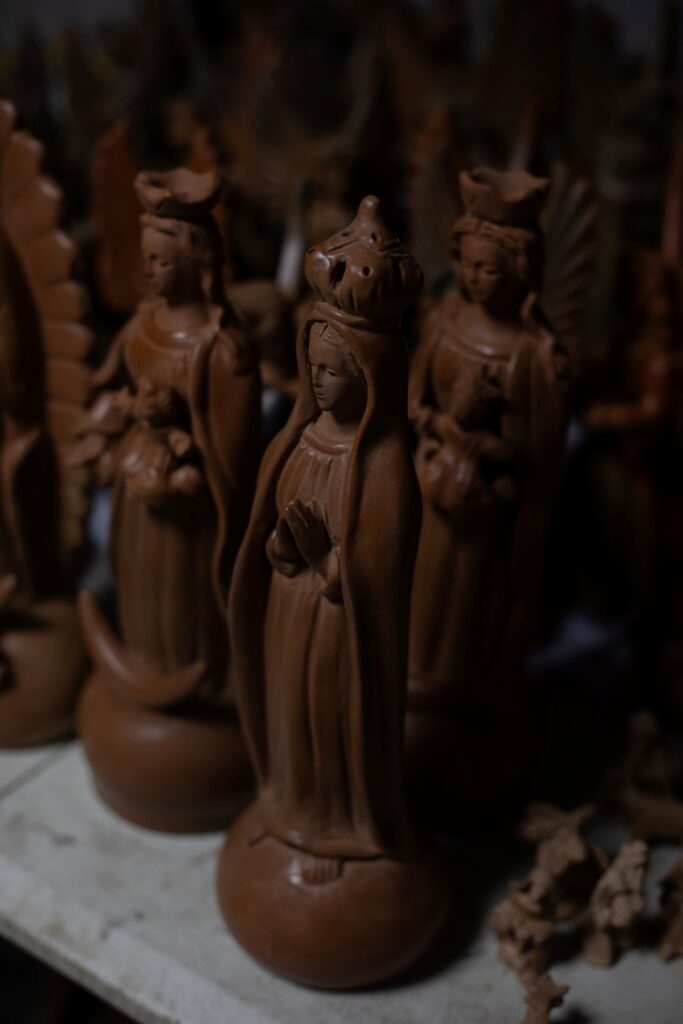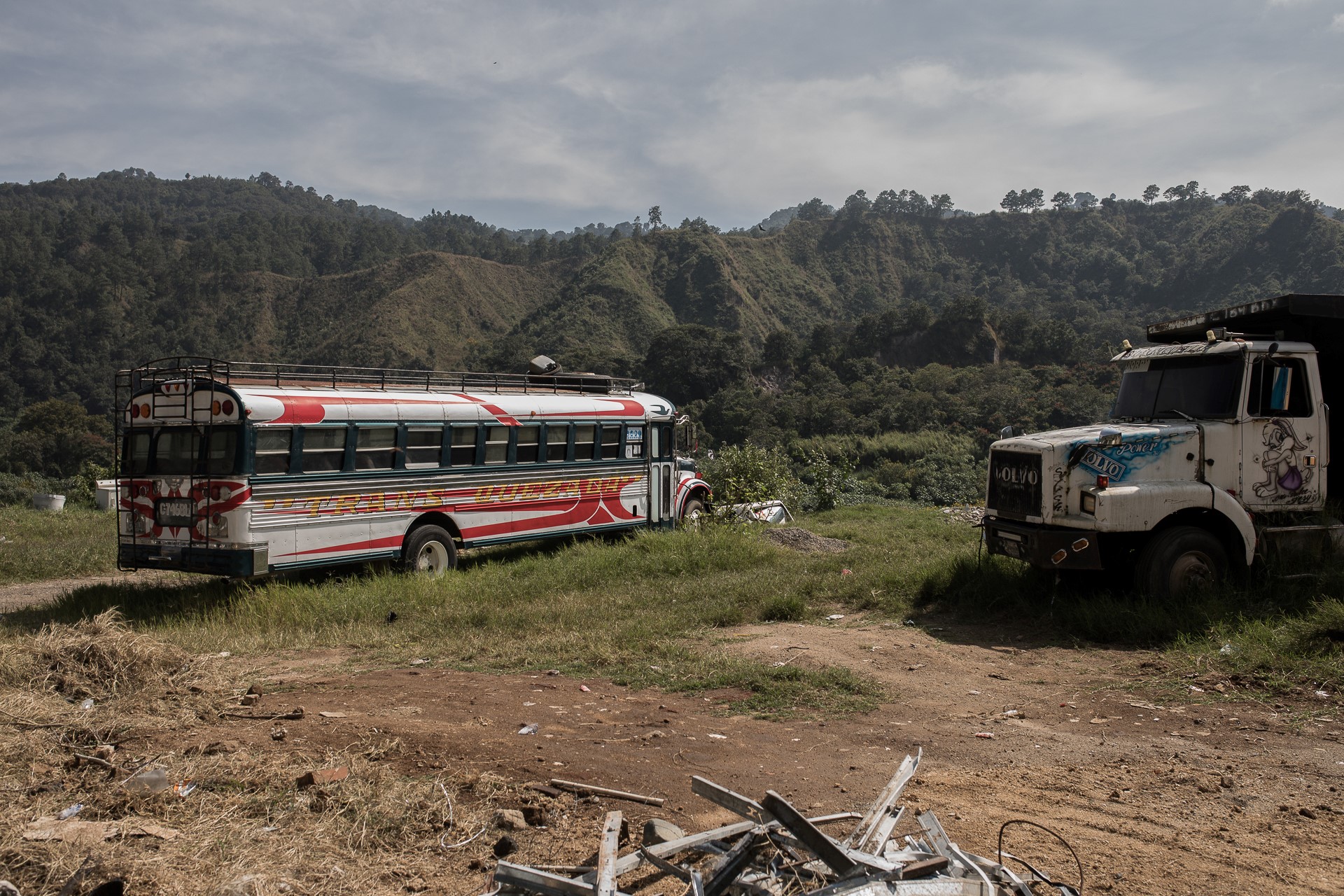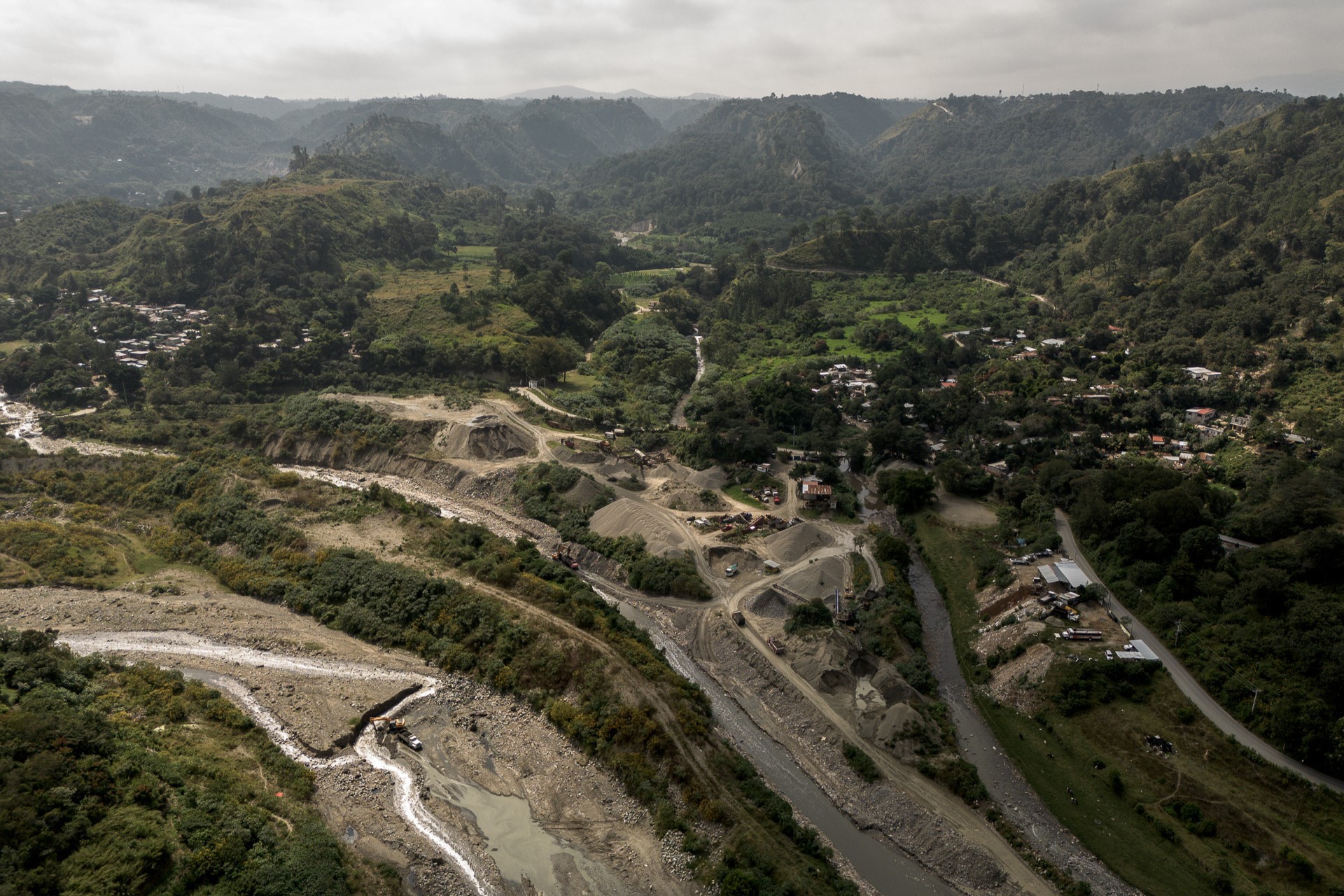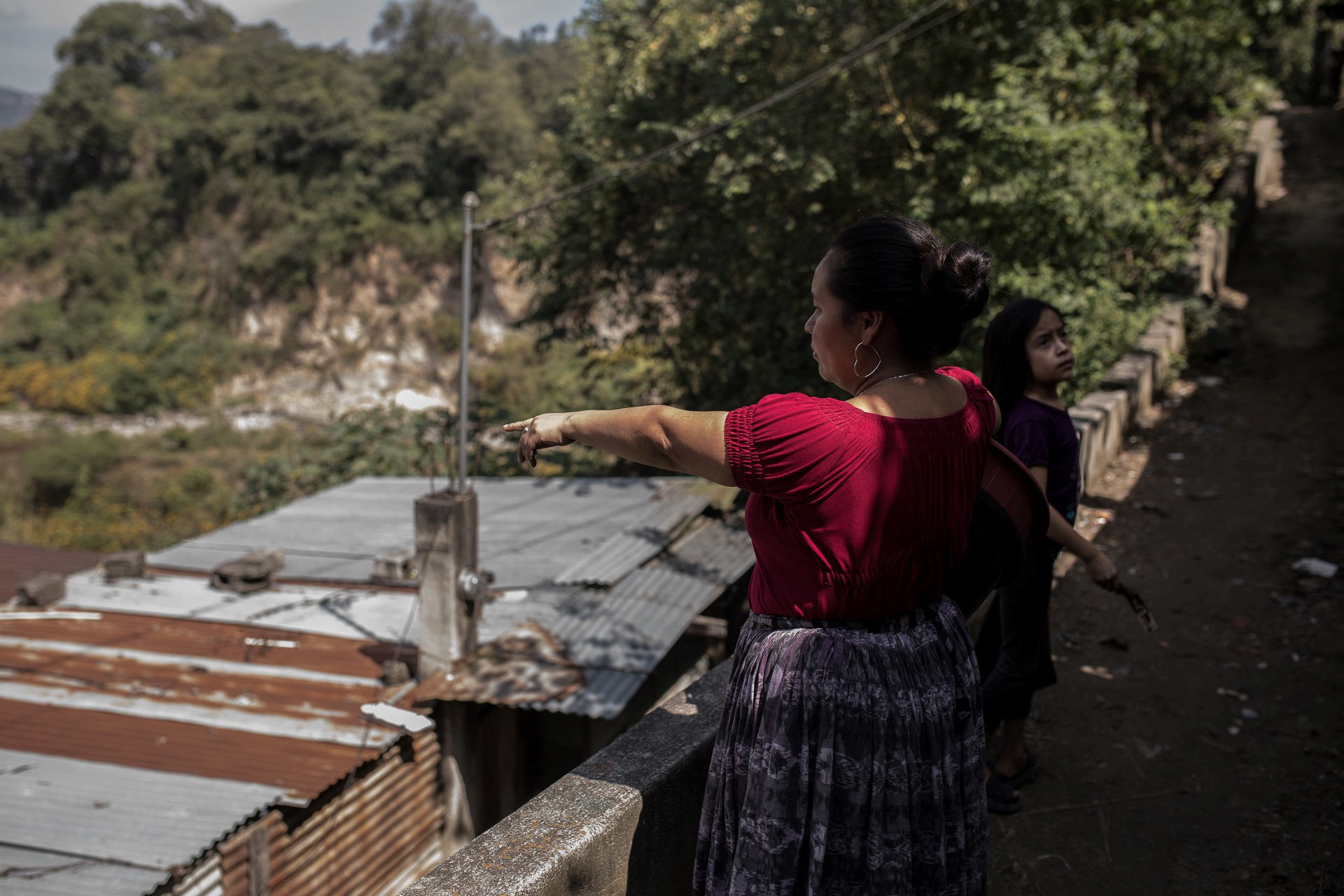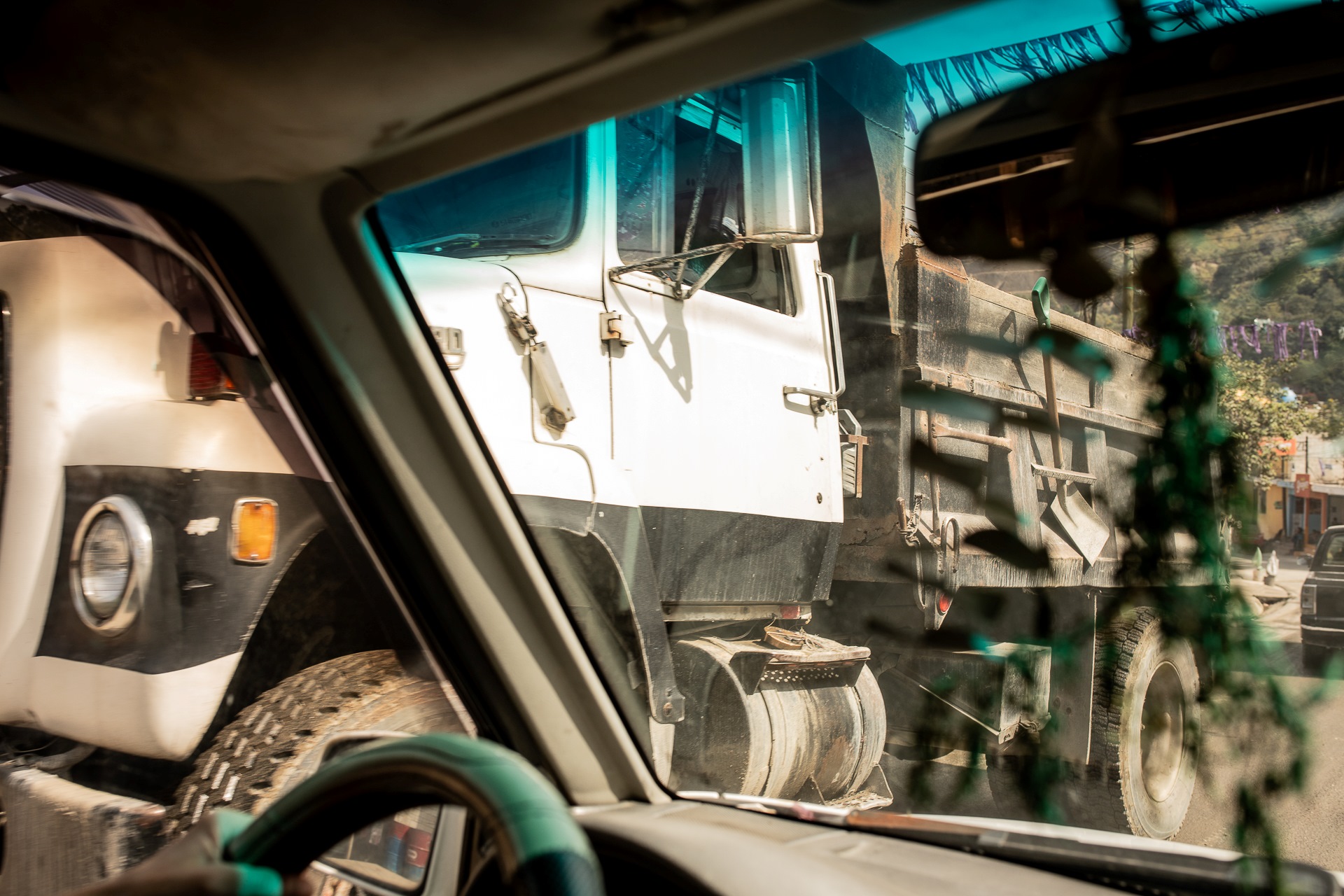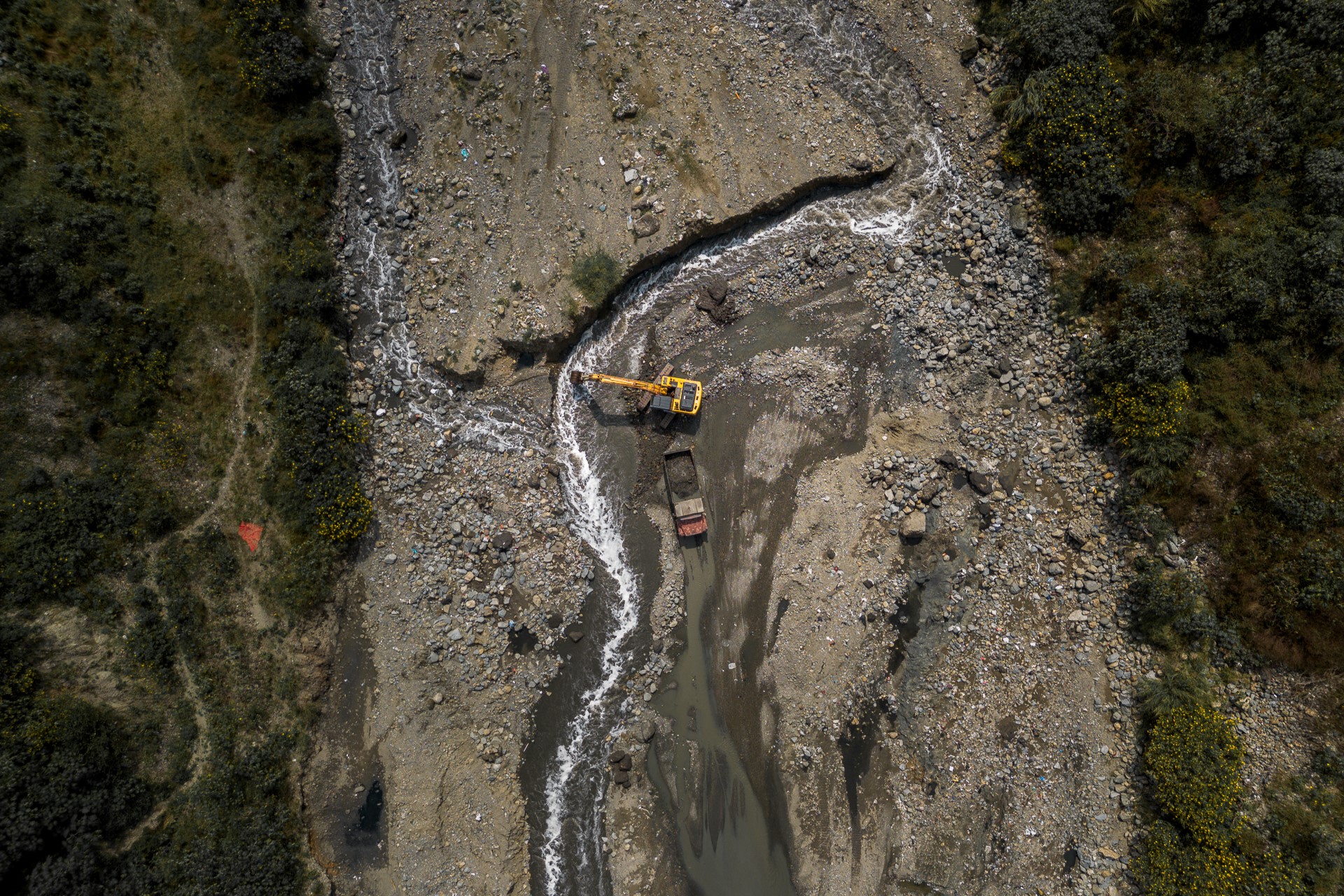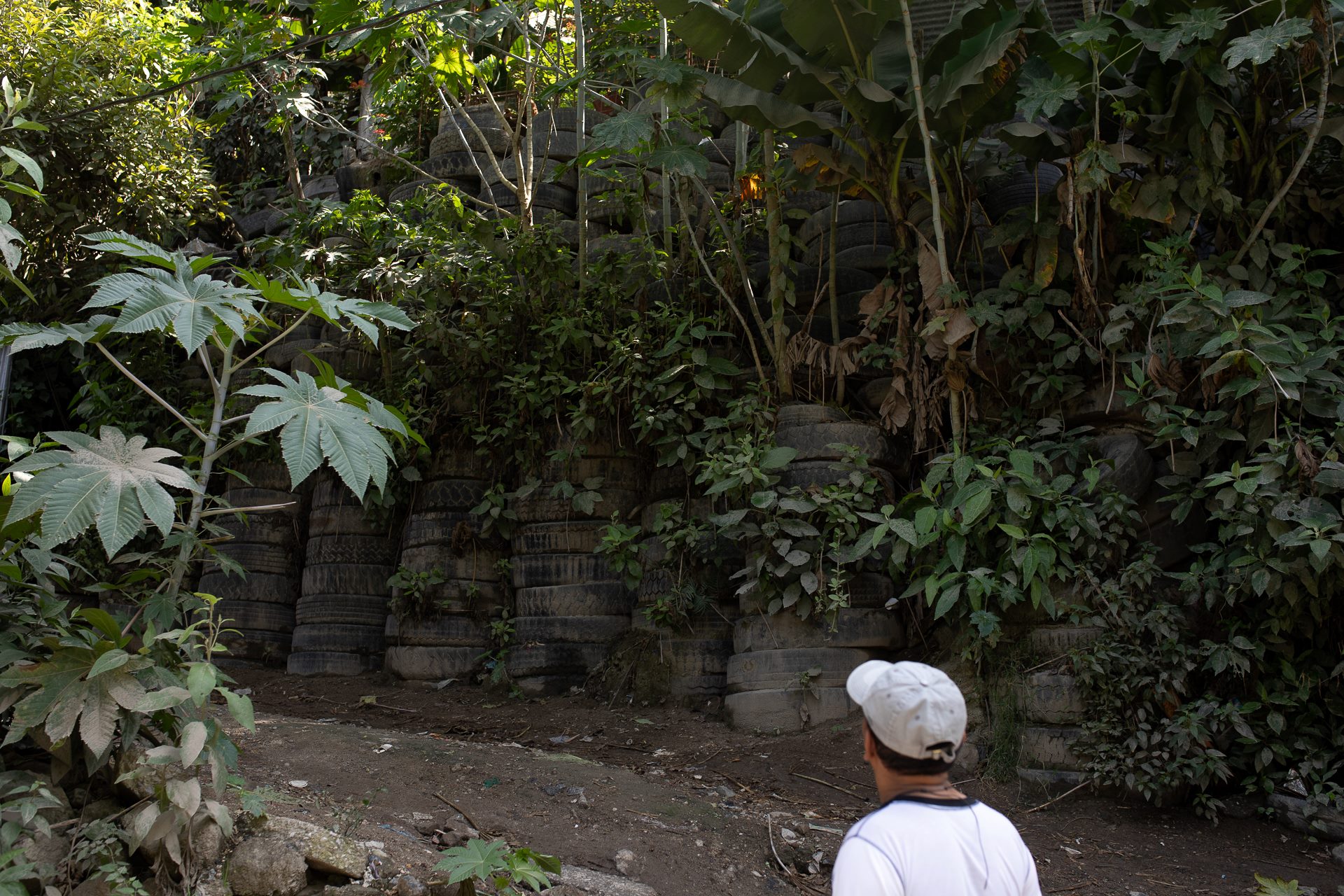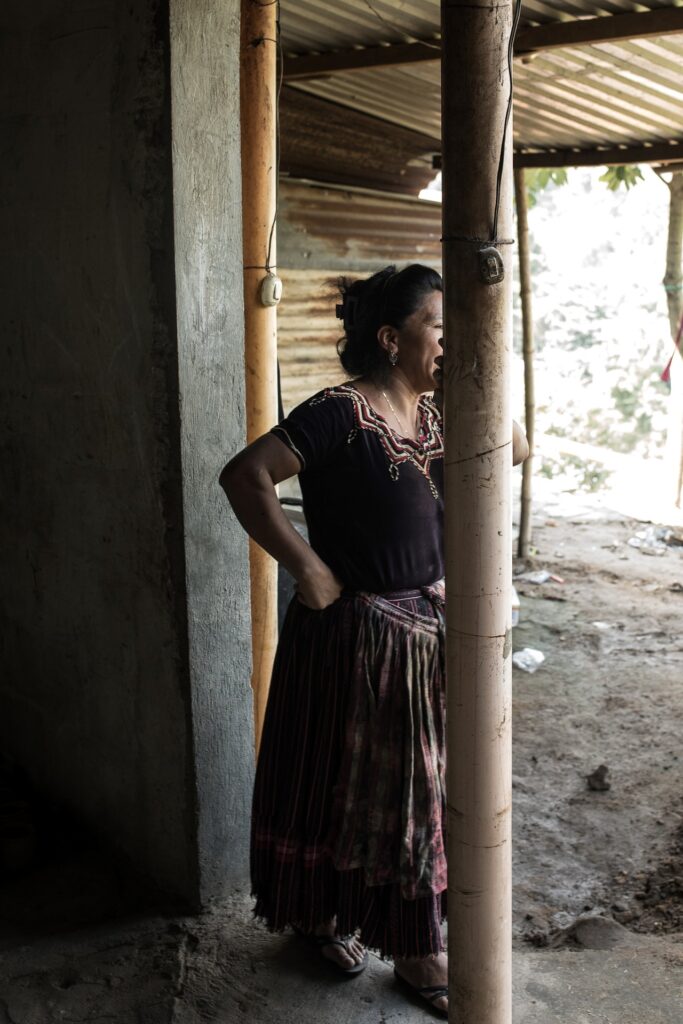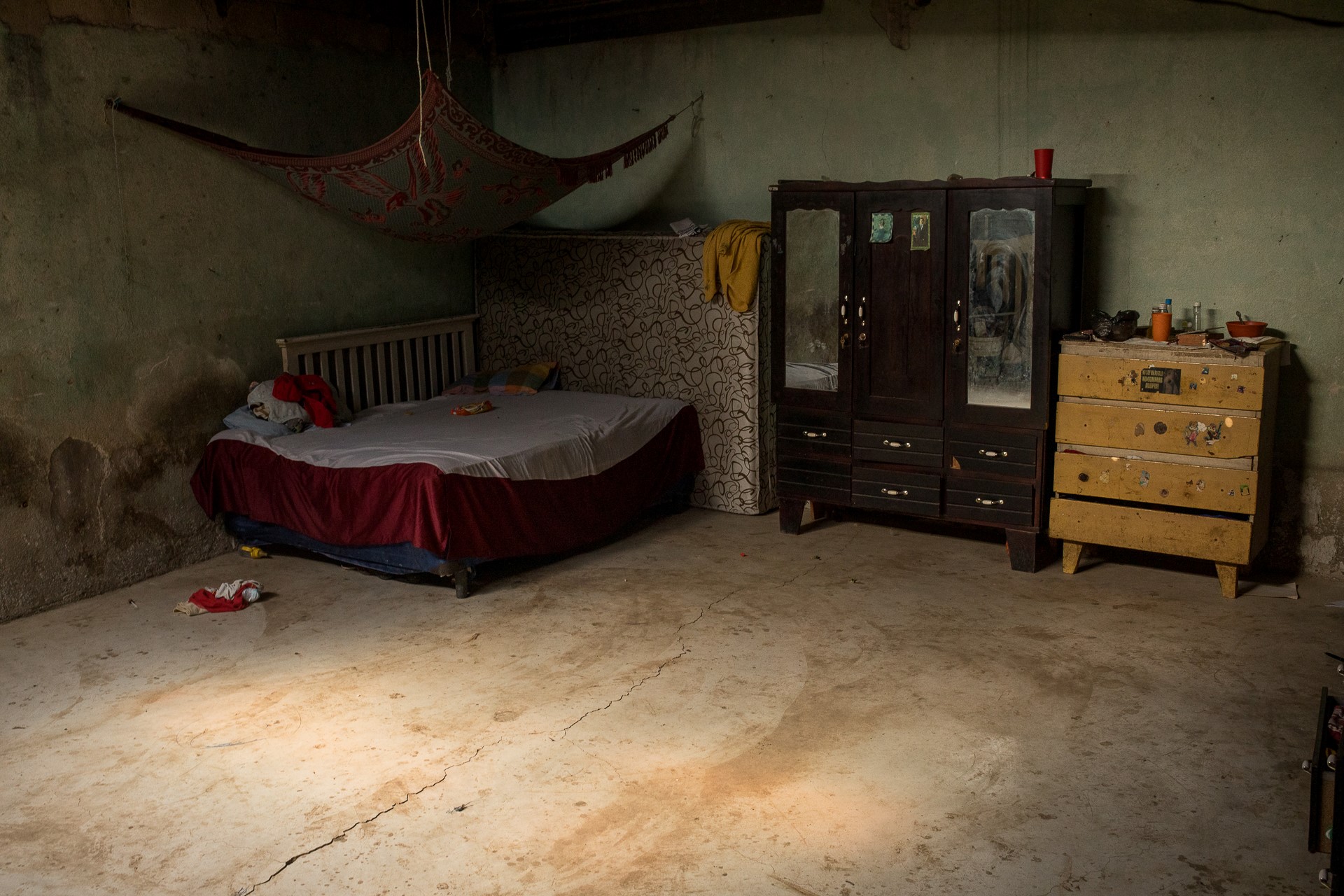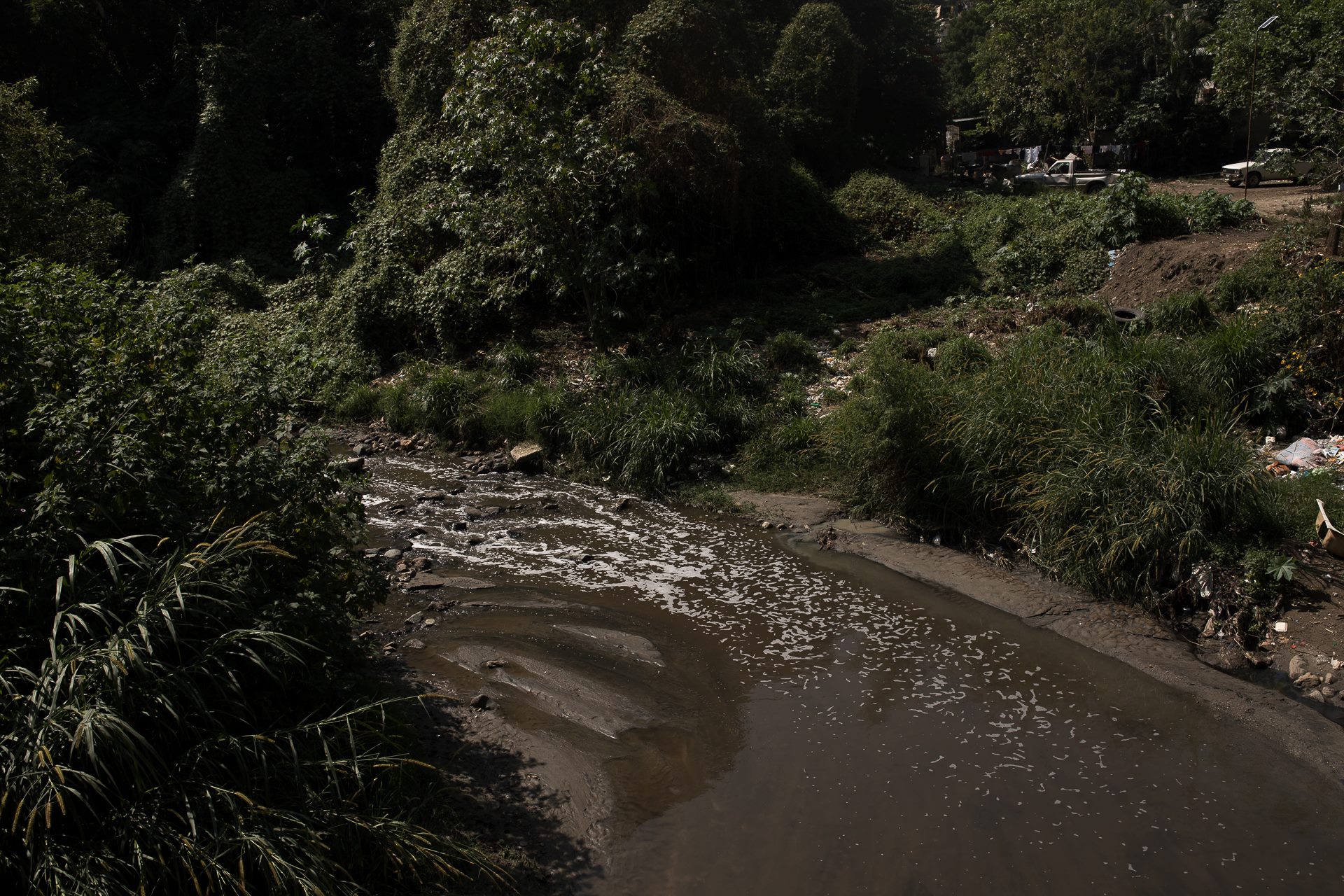A visual story of pollution, resistance, and survival along Guatemala’s Chinautla River and its Poqomam communities.
According to the United Nations Environment Programme, one-third of the rivers in Latin America, Africa, and Asia are severely affected by pathogenic pollution. Pollution and sand extraction threaten the Maya Poqomam people in Santa Cruz Chinautla, Guatemala, displacing communities and endangering their heritage and livelihood.
Only ten kilometres north of Guatemala City, the Chinautla River transforms into a massive dumping ground. Two-thirds of the capital’s waste ends up in its waters, which flow toward the Caribbean Sea, carrying garbage, toxic waste, and industrial pollutants. The contamination has devastated the Maya Poqomam community of Santa Cruz Chinautla, endangering their health, livelihoods, and cultural heritage.
The region’s environmental crisis is further exacerbated by unregulated sand extraction and mining, which operate without state oversight or community consent. Despite legal protections under international agreements, Indigenous residents face displacement, disease, and the destruction of their ancestral land. In response, local leaders and community organisations have mobilised to defend their rights, seeking justice and environmental restoration in the face of growing threats.
